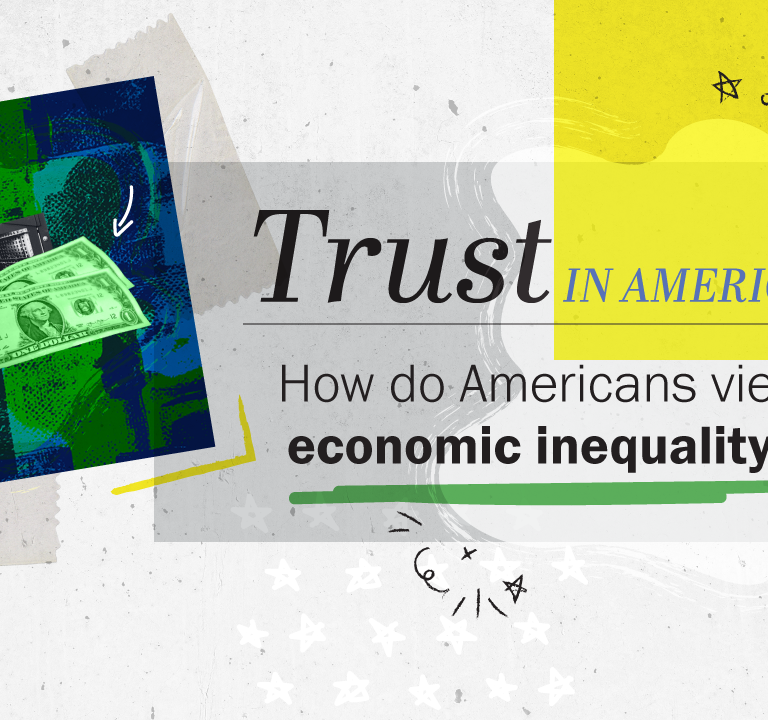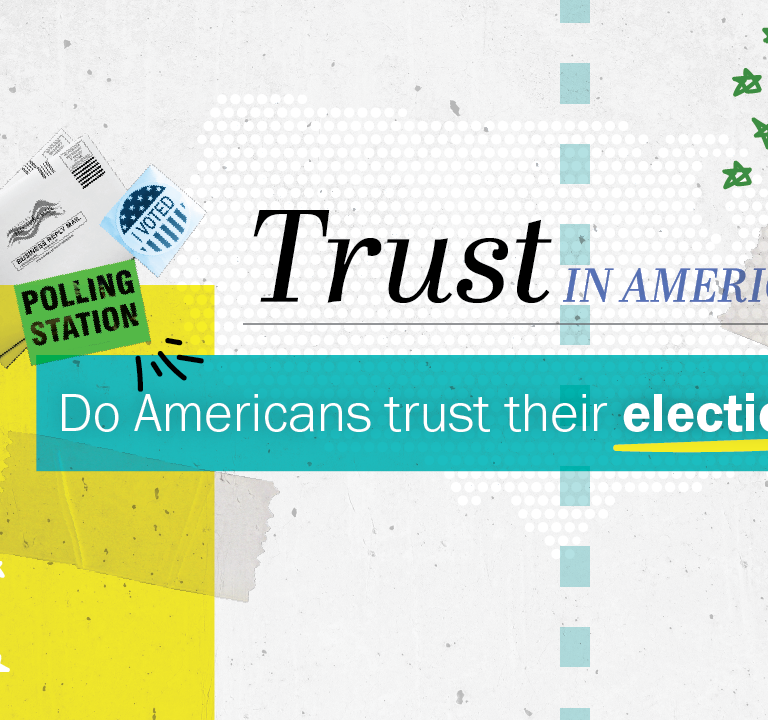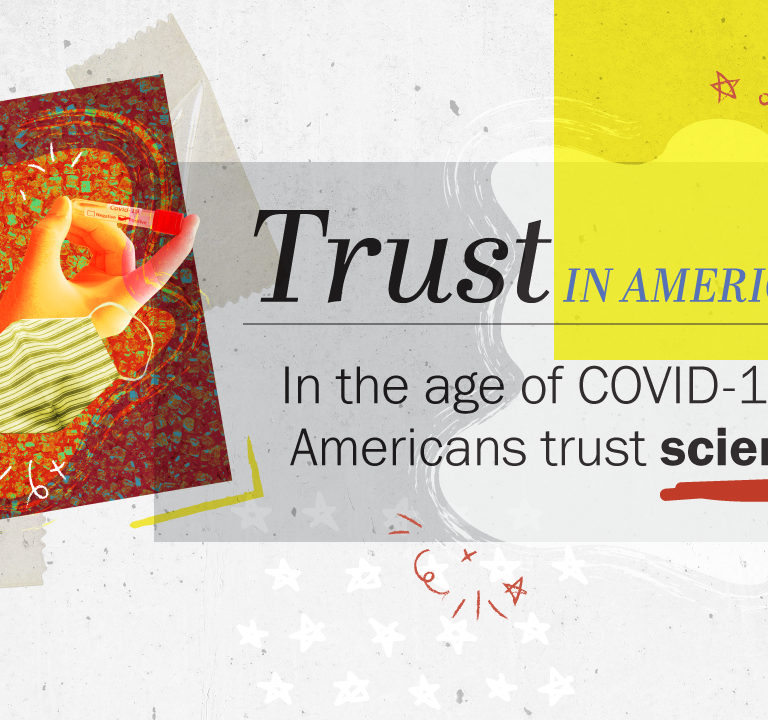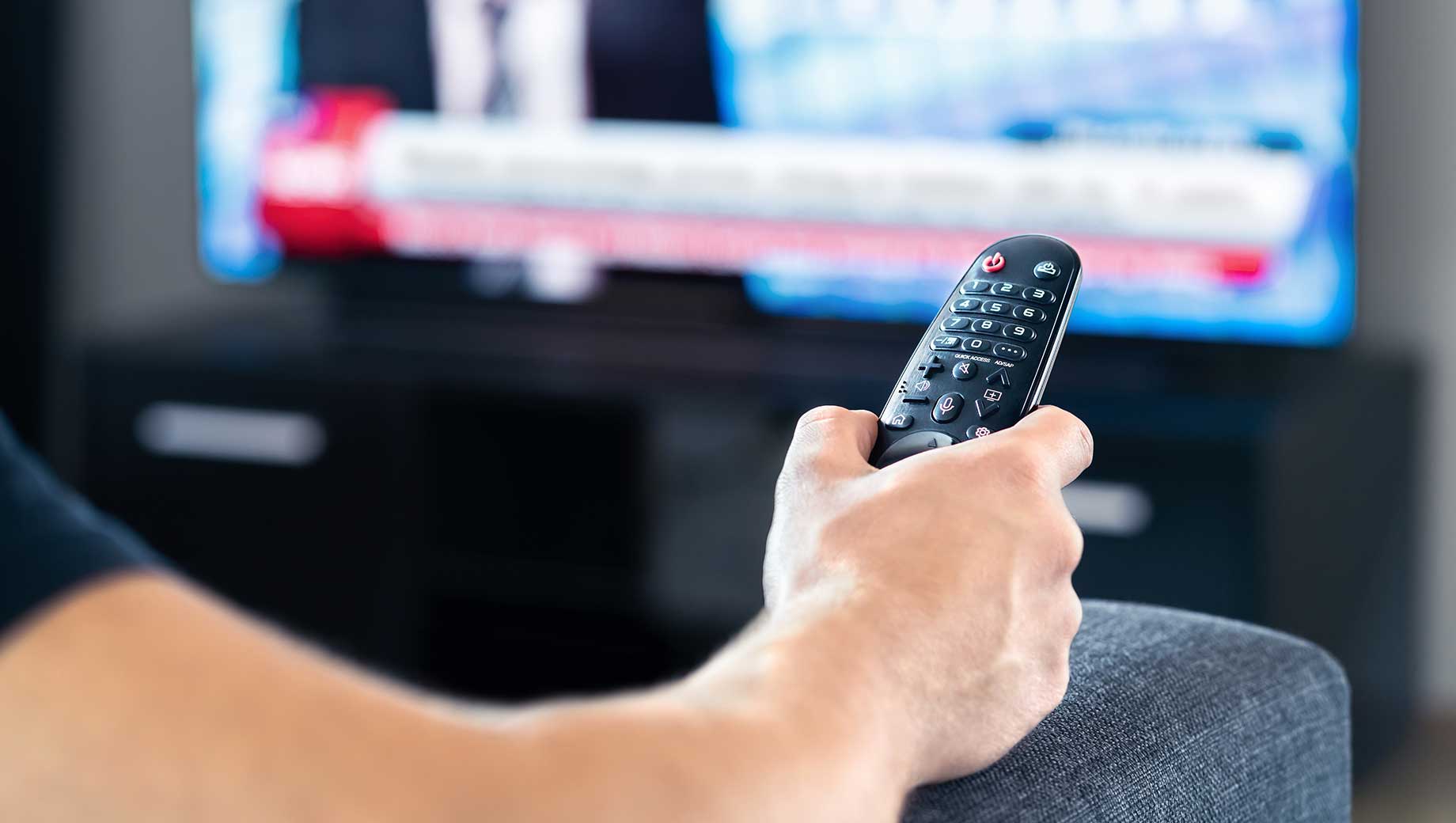By Bennet Harvey
Americans’ overall trust in mass news media has been on a steep decline since the late 1970s, according to Gallup Group polling. In 2022 the percentage of Citizens stating No Confidence in all exceeds both those with a Great Deal / Fair Amount, or Not Very Much trust and confidence in mass media news reporting.

When broken down by Citizens’ political affiliation, the picture is quite different. Democrats have always had the most trust followed by Independents and then Republicans. All Citizen trust descended in near parallel paths until 2016. However, at that point the parties’ paths diverged dramatically. In 2015 the gap was about 25%. By 2018 the gap reached nearly 60%, and by 2020 it was 65%.

From 1996 to 2003 biannual election year data consistently shows Democrats’ movement of trust moving in the opposite direction from Republicans and Independents. Beginning in 2003 all three political groups move together in the same direction, up or down, much more frequently than before 2003.
The data below clearly shows the distribution of trust in news media acros the political spectrum.

The Gallup Trust Data by party totaled from 2020 to 2022 are broken out below by Age, Political Ideology, and Education.
- By Age the data shows that trust increases by age for Democrats and Independents, but for Republicans the middle age range is lowest by more than half.
- By Political Ideology Democrats have consistently high trust in news media. Independents trust declines from liberal to moderate to conservative. Moderate Republicans trust in news media is twice the level of conservative Republicans.
- College Education does not distinguish between Democrats or between Republicans. College Educated Independents have nearly 50% more trust than Independents without college education.

Declining trust in news media is accompanied by news fatigue across the political spectrum. Lower rating of news quality aligns with greater news fatigue.

Republicans more than Democrats feel they are misunderstood by news media. Among Democrats, lower interest in the news corresponds with a greater feeling of being misunderstood by news media.

The Gallup data below from July 2017 shows the consistent decline in trust across public institutions. Only the Military and Small Business saw gains in trust in recent decades. All others saw dramatic declines. News media is near the bottom spot held by Congress.
- Trust in Newspapers declines by 27 points from 51% to 24%.
- Trust in Television News declined 25 points from 46% to 21%.













